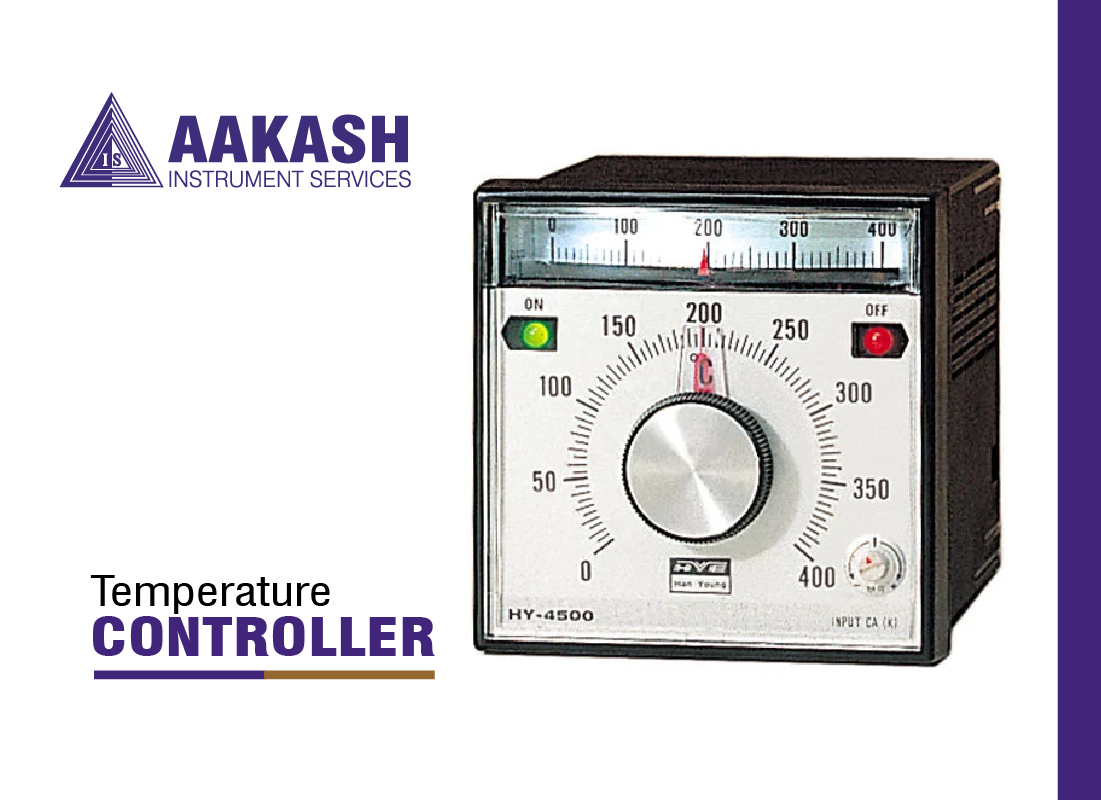We're here to assist you with any questions, concerns, or inquiries you may have.

A temperature controller is a device designed to regulate temperatures with minimal manual intervention. Within a temperature control system, the controller takes in data from a temperature sensor like a thermocouple or RTD, compares it to the desired setpoint, and adjusts the output to a control element accordingly.

1. Equipped with temperature or analog inputs.2. Offers functions like loop break alarm, manual output, and transfer output.3. 11-segment display for easy reading.4.Improved sampling rate to 250 ms for faster data acquisition.5. Standard Setting Tool port for easy connection to personal computers.6. Comes with Modbus protocol for communication.
1. Temperature range: Determines the controller's ability to regulate specific temperatures.2. Accuracy: Maintains tight temperature control to minimize fluctuations.3. Control algorithm: Defines how the controller responds to temperature changes.4. Input/output types: Defines sensor inputs and actuator outputs.5. Control interface: Determines user interaction with the controller.6. Selection: Tailors the controller to the application's unique demands for optimal performance and reliability.
Process controllers are divided into three main types: On/Off, Proportional, and PID. On/Off controls regulate temperature, pressure, and flow rate in industrial settings, while Proportional controls adjust output based on error. PID controllers combine proportional, integral, and derivative components to achieve desired responses. On/Off controls are used for low-precision systems, while proportional controls adjust output based on error.